Throughout history, there have been several haunting images that depict a person’s final moments before death.
There’s the terrifying image of a woman standing on the edge of the World Trade Center on September 11, just moments before she succumbed to the collapsing building.
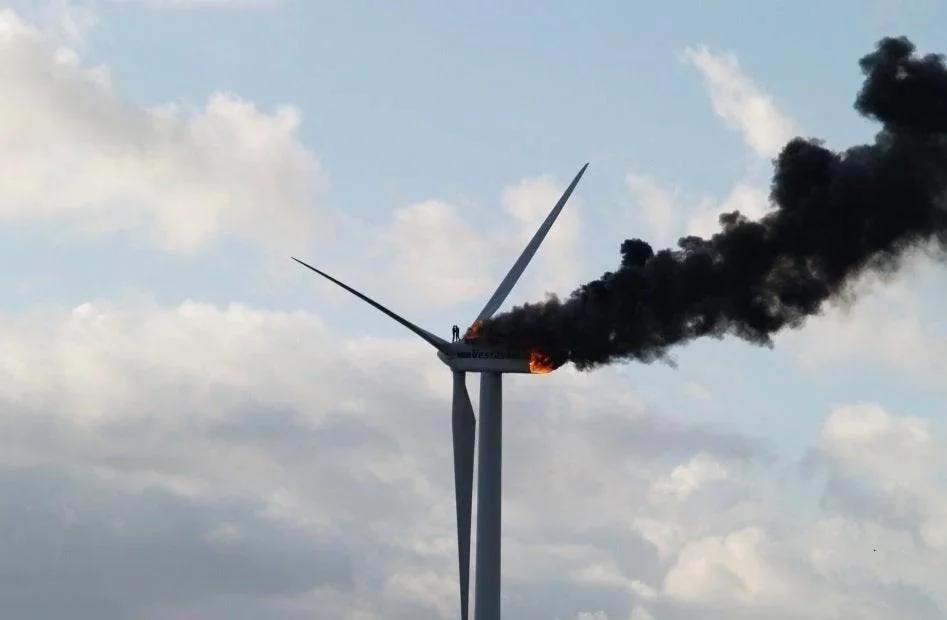

Then, there’s the final picture of a rugby team before they embarked on a flight to a match in Chile. The photo, taken on October 13, 1972, was the last one taken of the team before the plane crashed, leaving some survivors and others dead.
One of the most haunting yet little-known images taken before a disaster is the photo of 19-year-old Daan Kous and 21-year-old Arjan Kortus embracing each other atop a wind turbine engulfed in flames.

The chilling picture is made all the more heartbreaking by the fact that both men knew they were about to die yet were powerless to do anything about it.
As they stood on the turbine, beneath them were the emergency services looking on, unequipped and unable to prevent the agonizing deaths about to take place before them.
Terror On The Turbine
Wind turbines are considered safe—so safe that they’re often left unmanned to run without much human oversight.
These machines play an essential role in offering clean energy—in just one day, the electricity from a typical wind farm is enough to light more than 50 million light bulbs.
In fact, since their invention in 1887, there had been no deaths due to a wind turbine accident. Until October 29, 2013, when a devastating tragedy in the Netherlands changed that statistic.
Mechanics Daan and Arjan were sent to the Piet De Wit wind farm to perform routine maintenance on the wind turbines. Two older mechanics accompanied them, and the four men set about working on the 260-foot metal machines.
Daan and Arjan were relatively new to the role, though the tasks they were given that day weren’t out of the ordinary for the pair.
Although inexperienced mechanics, the duo benefitted from being with two experienced colleagues should they run into trouble or need help.
A few hours into their working day, the four men climbed inside the 1.75-megawatt Vestas V-66 turbine and made their way to the top.
Even just getting to the top of the turbine required a high level of physical fitness from the mechanics. Once inside the tower, the men had to scale five separate ladder sections, each up to 80 feet tall.
Once at the top, the mechanics climbed out of a hatch and were back outdoors—hundreds of feet in the air.
A rope securely attached them to the inside of the turbine to ensure the wind or an accidental slip didn’t see them thrown off the top of the machine.
Unbeknownst to the men, however, there had been issues with this particular turbine manufacturer in recent years.
Vestas, the manufacturer, had been plagued by wind turbine fires in previous years. A 2011 fire was blamed on a brake problem.
The following year, one of their wind turbines in Germany exploded into flames, which was blamed on a loose connection. This, in turn, caused something called an “arc flash.”
An arc flash causes an explosion, which creates a wave of heat that can melt and burn anything nearby.
That same year, another of their models caught fire in Spain. A similar incident occurred in Ireland, causing the turbine to collapse entirely.
Luckily, it was located on a wind farm on a desolate mountain, meaning nobody was around when the 276-ton machine hurtled to the ground.
In 2013, one of their turbines in Canada caught fire, though authorities were powerless to stop it due to a lack of adequate fire equipment. Fortunately, the fire burned itself out within two hours of starting.
With these issues with the turbines being ignored, some argued after the fact that it was only a matter of time before one of these dangerous accidents turned into a fatality.
As the four men stood atop the Vestas V-66 turbine, just like many of the giant machines had done before, it would short circuit and burst into flames.
Only, unlike previous times, people were standing on the nacelle, the box-like structure on top of a wind turbine tower that contains the turbine’s generating components. The men couldn’t have been stood in a worse place as the fire ignited.
The fire spread so quickly that they had almost no time to race back to the hatch and climb down the stairs.
The two more experienced mechanics managed to jump through the flames before they got too powerful and made it to the safety of the hatch, securing their escape from a terrifying ordeal.
Sadly, for Daan and Arjan, the flames spread too rapidly and violently for them to reach the hatch. They had no choice but to remain standing on the nacelle as the fire blocked their one and only exit.

Thick, black smoke enveloped them as they tried to shield themselves from the burning flames that were rapidly encroaching on them.
After a short while, the ladders that would have led them to safety were also engulfed in flames and eventually ravaged by the fire.
They were both stuck on top of the blazing machine, 250 feet in the air, on the edge of the turbine, with the searing fire only worsening.
There was no escape.
A Difficult Choice
Much like the woman pictured standing on the edge of the World Trade Center, Daan and Arjan only had two macabre choices: jump to their demise or let the flames engulf them.
This horrifying realization was not lost on them. The last image of them alive shows them face to face, embracing one another in a final act of humanity before they chose how they met their fate.
As the fire raged, nearby homeowners noticed the turbine was alight and called the authorities.
Firefighters attended the scene rapidly, but unfortunately, their water hoses couldn’t reach the fire. Their hoses reached between 50 and 100 feet, which was nowhere near long enough to put out the fire atop the turbine.
Eventually, a crane was sent to the scene to reach the top of the machine, though it arrived hours after the blaze had started. By this point, the fire had become too much for Daan and Arjan to withstand.
Arjan made the terrifying decision to jump from the turbine to escape the blaze and hurtled 80 meters to his certain death.
When firefighters managed to control the flames on top of the turbine, they found the body of Daan, who’d burned to death.
Neither the windmill manufacturer nor the wind farm was found criminally responsible for Daan and Arjan’s deaths. They investigated the fire, though the public prosecutor did not identify any errors that could penalize the windmill farm.
However, they concluded that more regulations may be needed to construct and maintain wind turbines.
In particular, you could—and still can—purchase second-hand wind turbines without prior knowledge of their faults. This was brought up as a regulatory concern at the time, though it seems no new regulations have been implemented to ensure that used machines are safe.
In the years since the Piet De Wit wind farm tragedy, more fires and turbine accidents have occurred. More recently, in 2023, a 2 MW Vestas V110 turbine caught fire at Arbor Hill Wind Farm in Iowa.
Like the incident in the Netherlands, it entirely consumed the nacelle and one of the blades, with heavy, burning debris falling into nearby cornfields. Thankfully, nobody was around when the fire started, and there were no injuries on this occasion.
The final image of Daan and Arjan, taken mere moments before their untimely deaths, will go down in history as one of the most haunting “final moments” pictures ever taken.
Sources
https://www.piqueshow.com/home/2016/12/22/a-final-farewell
https://www.windaction.org/posts/50639


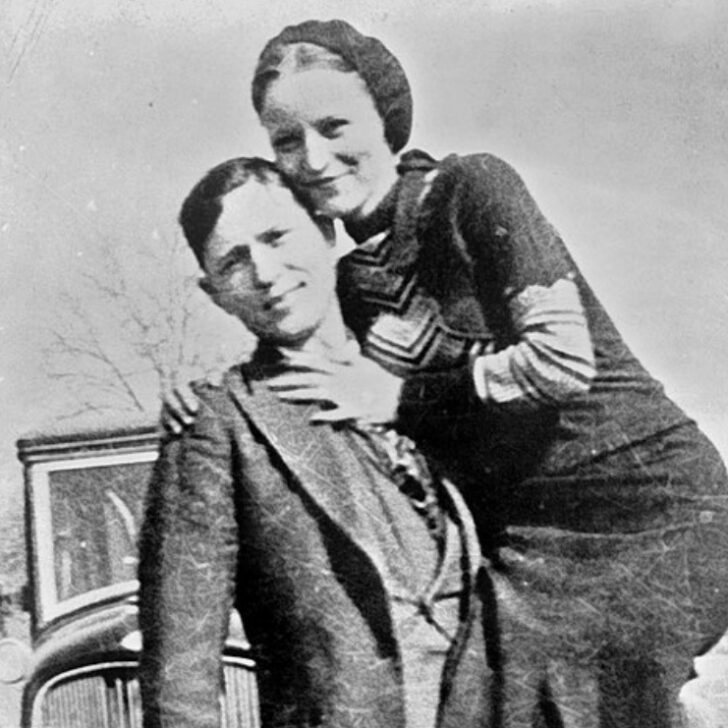
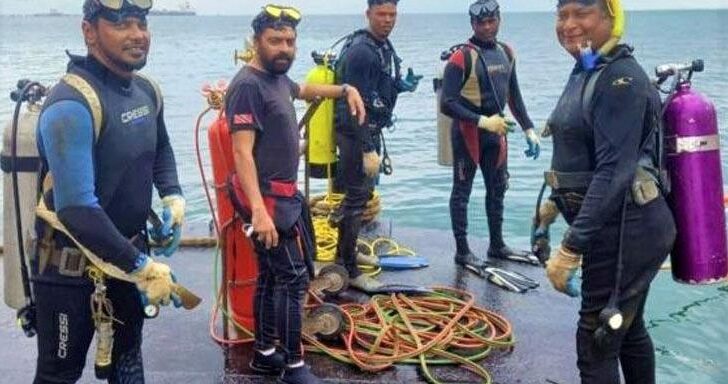

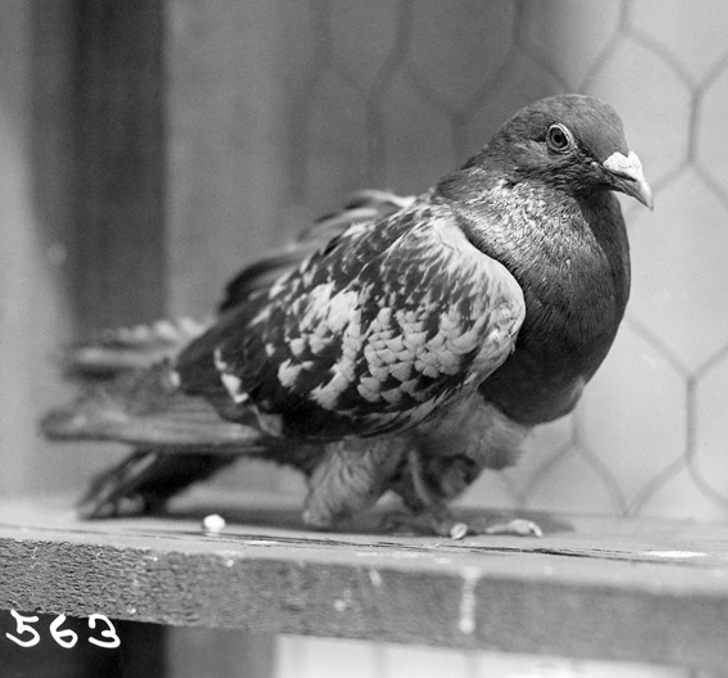
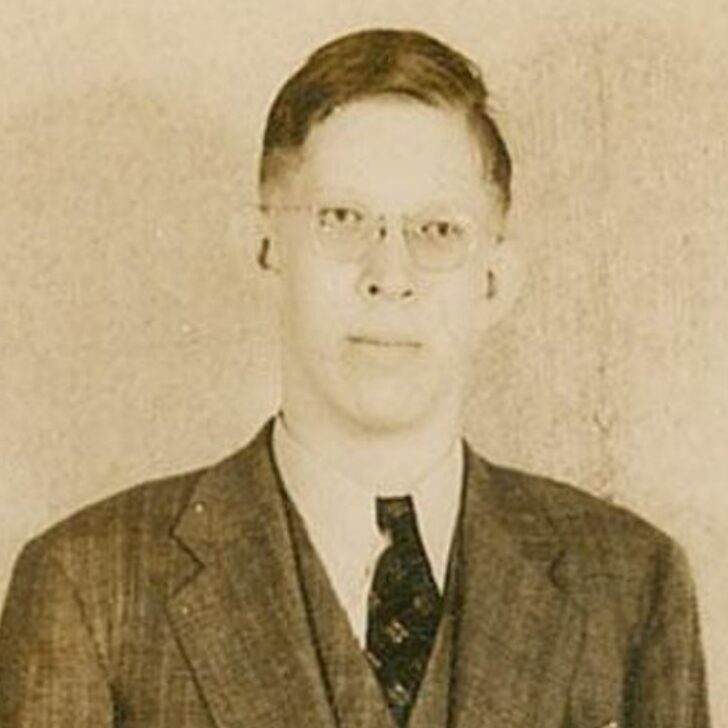



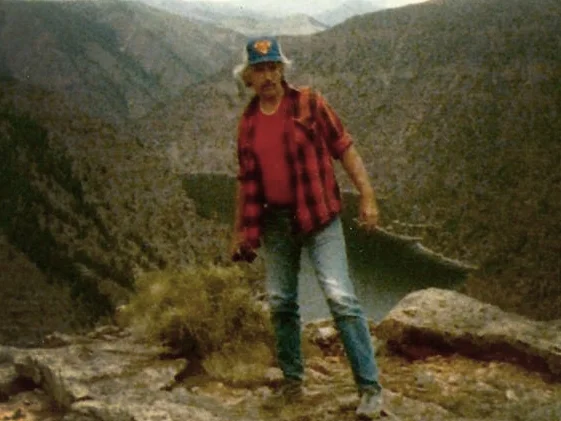
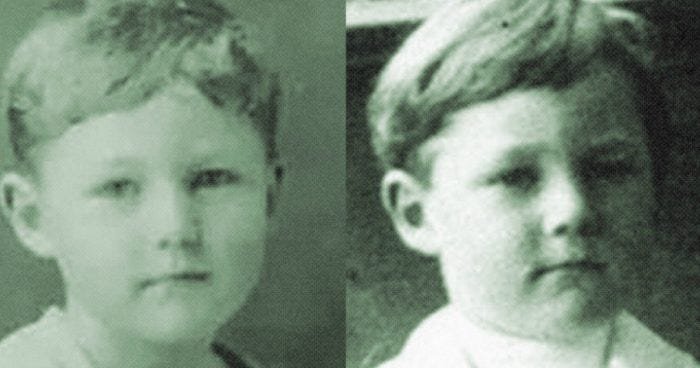

Leave a comment